Wouldn’t it be nice if your principal handed you a single document at the beginning of the school year – and that was all that you’d need to teach literacy?
But that has never happened to me, and I’m pretty sure it never will!
For many of us, every day we struggle to balance resources like:
- A pacing guide or district curriculum document
- A basal reading program
- State or Common Core Standards
- Other literacy resources, like supplemental programs
How does it all fit together?
What’s most important?
What can be left out?
What do we do when yet ANOTHER new program is added to our plate?
In this post, I’ll attempt to answer all of these questions. I’ll share my way of thinking about how everything should fit together.
My process will help you set up a firm, clear foundation for your literacy instruction – and it will also help you figure out what to do when a new program suddenly gets thrown your way!
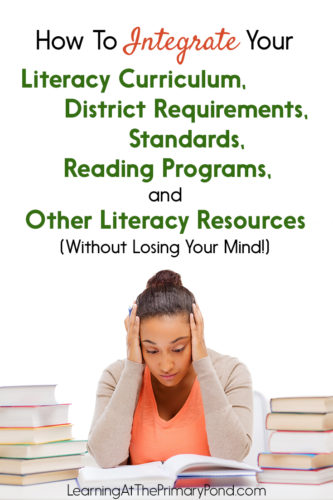
Photo Credit: Snyda Productions, Shutterstock
First, I do want to say that this post simply shares my opinion (as do all of my posts).
This may or may not be the way that your school or district wants you to combine resources, or think about how everything fits together. You may be required to follow a basal series or some other resource page-by-page. In which case, you should completely disregard my advice. 🙂
But if there’s any amount of ambiguity or flexibility in how you implement literacy in your classroom, read on!
The Scenario
The easiest way for me to explain how I combine and integrate resources is to walk you through an imaginary scenario.
In this scenario (which is actually not so imaginary, since I’ve experienced versions of it at least 5 different times), I’ve just been hired at a new school and am trying to sort out how I will teach literacy to my first grade students.
I’ll share with you the questions that I would ask, the steps I would take to set up my daily schedule, and how I would utilize literacy programs and resources.
I’ll also explain what I would do if, mid-year, I’m given a new literacy resource to incorporate.
Additionally, I’ve woven in a metaphor throughout this imaginary scenario. I compare setting up your literacy block / instruction to building a house from the ground up (you’ll see what I mean in a second!).
Learning About The Curriculum and Standards
Okay. So let’s get started. I’ve been hired at this new school and haven’t received any training yet.
One of the first questions I would ask my new principal is, “What is the literacy curriculum that I should implement?” Because first, I need to know what I’m supposed to teach!
By the way, the word “curriculum” gets misused a lot. I misuse it myself at times!
The curriculum is not what programs we’re teaching, or what basal series we’re using. Those are resources.
Rather, the curriculum is the “stuff” that we’re going to be teaching our students. It’s the concepts and skills that we want them to learn. (There are slightly different definitions of the word “curriculum,” but this is the one that I’m using for the purposes of this post.)
Learning to segment phonemes, identifying the main idea of nonfiction text, and writing opinion pieces could all be part of the curriculum.
The second question I’d ask is, “Do we have a pacing guide or curriculum map?” This type of document would allow me to see when different concepts and skills should be taught throughout the year.
Next, I’d ask, “What standards should I use, and how do they fit into the curriculum?” Standards by themselves do not really equal the curriculum. Standards are goals, and there may be gaps or things that are left out.
Also, there can be variation in the way that a school or district approaches the standards. For example, even though the Common Core Standards are intended to be a compact set of standards, they are still somewhat lengthy. Some districts choose to prioritize certain standards over others.
Once I’ve learned about the curriculum and standards, I know what I need to teach my students. I don’t have to memorize everything in the curriculum – but I need to know where to go to access that information.
Learning about the curriculum and standards is ALWAYS Step #1 for me. My instructional goals for my students are at the heart of everything that I do.
The curriculum and standards are, essentially, the foundation of my “literacy house.” I can build up the rest of my “house” once the foundation is set.
But if there is no foundation, everything else is going to crumble!
So if you don’t have a curriculum, what do you do?
Well, first, make sure that you actually don’t have a curriculum. There may be a document buried somewhere in a file cabinet in district office that you can use. Or, depending upon how much time you have, you may be able to work with your team or principal to develop at least a rough outline of what you should be teaching (and perhaps when you should be teaching it). Or you can rely heavily on the standards, create your own pacing guide, and fill in gaps as necessary.
Either way, you need that foundation for everything else to fall into place.
Making My Schedule
As a next step, I think that some people would start looking at their literacy resources – a basal series, word study program, etc.
However, that’s not my next step. And here’s why:
Balanced literacy routines serve as the frame, the structure of my “literacy house.” Keeping the routines relatively consistent from day to day helps ensure that I’m truly adhering to the gradual release of responsibility model.
If, on the other hand, I structure my daily schedule around programs and resources, then I risk creating imbalance in my overall literacy block. For example, I may end up doing too much modeling, or I may accidentally omit the guided practice stage in word study.
(By the way, if you’re not familiar with the gradual release of responsibility, it just means that sometimes I am teaching or modeling, sometimes I am practicing skills with my students, and sometimes they are practicing skills on their own. Sometimes it’s referred to as “I do,” “we do,” “you do.”)
“I Do:” Here are some examples of balanced literacy routines that make time for teacher modeling and instruction (keep in mind that in addition to modeling and explicit instruction, these routines can and should incorporate elements of guided and independent practice, too!):
- Readaloud
- Shared Reading
- Reading Minilesson
- Writing Minilesson
- Word Study / Phonics / Phonological Awareness Minilesson
“We Do:” Here are some examples of balanced literacy routines that allow for guided practice:
- Shared Reading (this is listed here, too, because I usually incorporate modeling, explicit instruction, AND guided practice into this routine on a regular basis)
- Guided Reading / Small Group Reading Instruction
- Small Group Writing Instruction
- Small Group Word Study Instruction
“You Do:” And here are some balanced literacy routines that make time for independent practice:
- Independent Reading
- Centers / Literacy Stations
- Independent Writing
- Word Work / Phonics Work
I may be missing a routine or two, but you get the picture.
So then, I take the amount of time that I have for literacy instruction and divide it up amongst these routines. I try to leave the most time for independent practice, when students are really learning. For some concrete schedule examples, you can check out this post for Kindergarten, this post for 1st grade, or this post for 2nd grade.
When I’m setting up my schedule, I have to keep in mind that quality is more important than quantity. I may not be able to fit in ALL of these routines EVERY day. I might have to do an A Day/B Day schedule, where we spend more time on certain routines on A Days and more time on different routines on B Days (you can read more about that in this post).
Anyway, I have to have this framework in place before I begin looking at a basal reading program, word study program, or any other literacy resources. Those resources can fit into my sturdy framework of balanced literacy routines / daily schedule.
Examining New Resources
Once I have a rough outline of my schedule, I can then begin examining the literacy resources and programs that are available to me.
I view literacy resources as the “rest of the stuff” that goes up when you’re building a house. The frame (aka balanced literacy routines) is still there, but the walls, piping, electric, etc. fill in all of the gaps.
To make this concrete, here are some examples of how I would approach different programs and structures:
- If I have a basal reading series, I start determining which components would be useful to me in implementing my already-established balanced literacy routines. If there’s a story of the week, I might use it as a text for shared reading. If there are phonics components, I might pull some of them into my word study block.
- Perhaps I want to use elements of the Daily 5. The Daily 5 is a structure for independent work time. I can use aspects of this structure during the block of time that I’ve reserved for centers or independent literacy work.
- If I have a writing workshop program available, I look at how it’s set up. I determine which activities would be best for my writing minilesson, which would be best for small group, and which activities students can complete during independent writing time and/or centers.
You may also find that there are resources and programs that just aren’t a good fit for the foundation and framing that you already have in place. As long as you have the flexibility, just leave them out!
Now let’s talk about the (inevitable?) situation where something new gets thrown at me just as school is starting, or perhaps mid-year. Something that I have to implement. Or, in a more positive situation, maybe it’s a new program that I’ve learned about and LOVE! Maybe it’s something that I want to incorporate into my daily routine.
Unless I’m also given an extra 20 minutes in the school day to implement said program (yeah, right), something has got to give. I have to at least partially replace something I’m already doing with parts of or all of the new program or resource.
But again, the frame of my literacy house remains stable. Just as I wouldn’t start tearing down all the beams if I were remodeling the kitchen, I’m not going to start dismantling my balanced literacy routines just to fit in this new program or resource.
I have to figure out how the new program or resource fits in with my instructional goals. I also have to determine what balanced literacy routine it would best fit into.
When you have that sturdy foundation and framing, incorporating a new resource seems less daunting. You have your main structures, so it’s becomes a matter of determining how (and if) the new resource or program fits into all of that.
Meeting Student Needs
By now, your “literacy house” is built! You have a foundation (the curriculum and standards), framing (balanced literacy routines), and all of the other stuff (literacy resources). You are good to go!
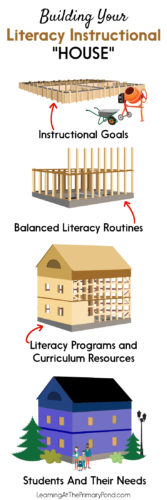
But wait! An empty house is certainly not a home! It needs some people inside. 🙂
Those people are you and your students, of course. You and your students bring life to the home, and you are the reason that the home exists in the first place!
So as we are building our literacy “houses,” we can’t lose sight of our fundamental purpose – to educate and nurture our students.
In any home, the walls, fixtures, trim, and even sometimes the framing are changed, broken, and improved upon by the people who live inside. Similarly, we have to be flexible enough to allow our grand plans to constantly be altered to…
- Meet students’ instructional needs,
- Capitalize upon their experiences and cultural knowledge, and
- Take into account their interests and personalities.
Our literacy house is not a home without our students, and they change the house every single day.
Putting This Into Practice
I know that my process and metaphor have flaws. You may have a difficult situation that doesn’t quite fit my process. But I hope you’ll still take away is the following:
- The curriculum, standards, and instructional goals for your students provide the foundation for all of your instruction.
- A literacy program or basal series is a resource, not the curriculum.
- Balanced literacy routines can provide the framework of everything we do. Resources and programs can fit into that sturdy structure.
If you are looking for some resources for your “literacy house,” check out my K-2 materials below (just don’t be fooled by the “curriculum” labels…they are only RESOURCES, just like any program or tool ;-))

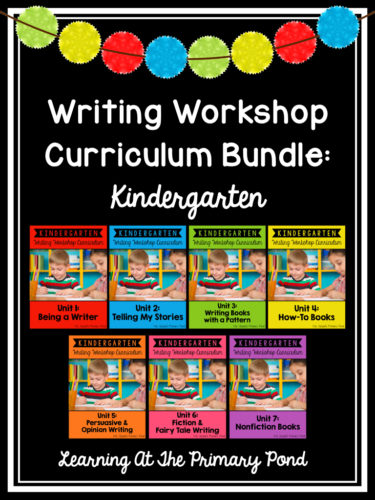
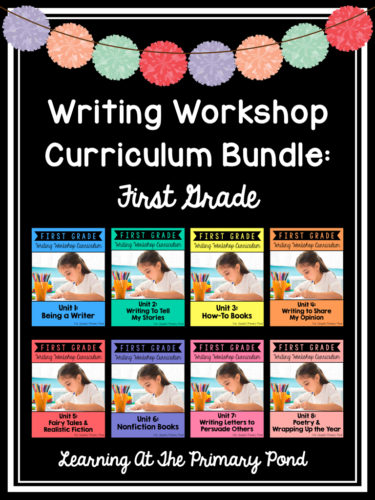
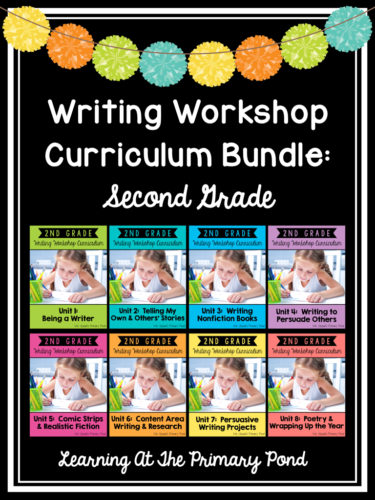
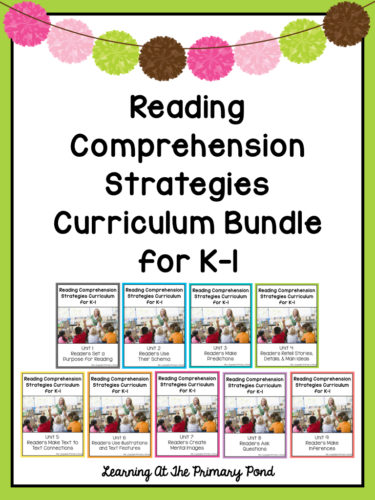
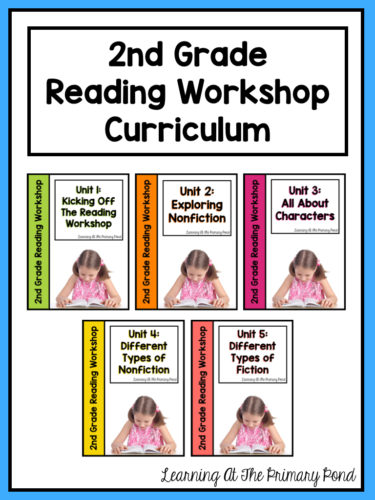
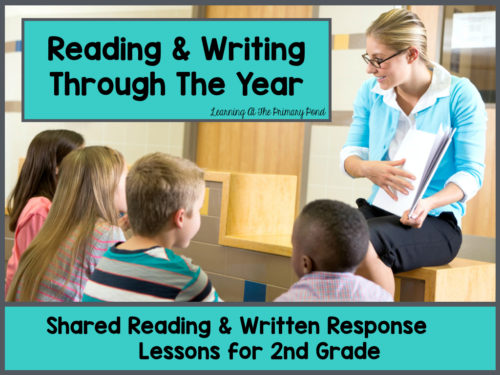
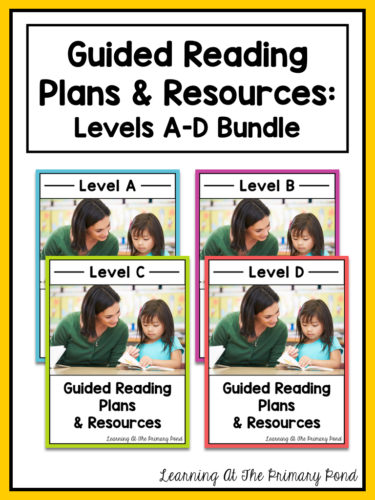
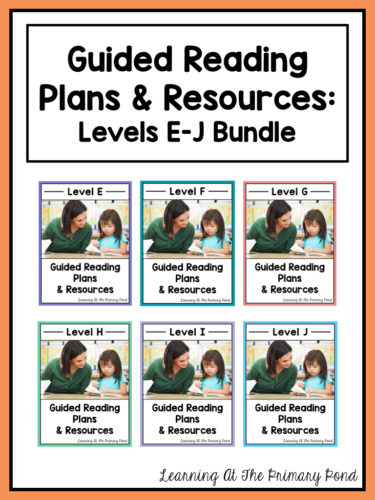
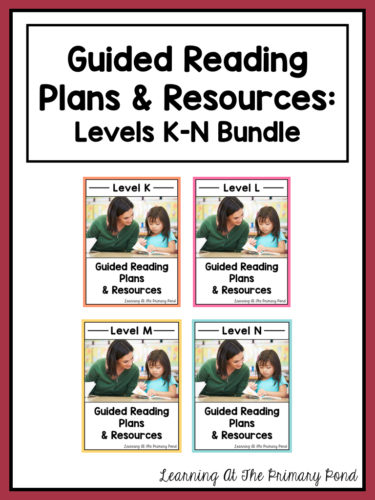
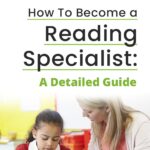
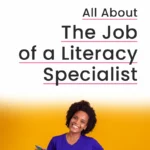
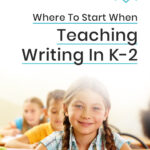
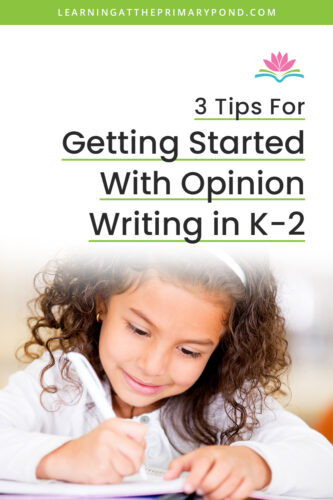
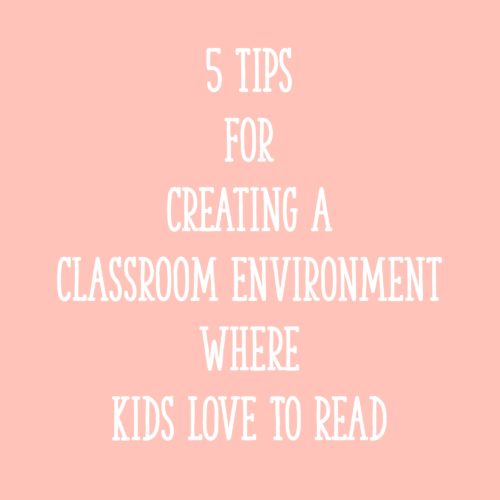
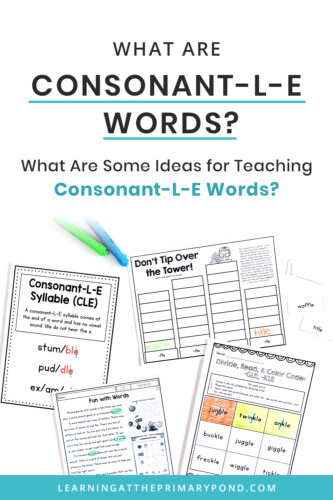






Hi
I am wondering if you have any reading and writing resources for 4th grade.
Hi Sharon! I just have them up through 2nd grade – sorry about that!
Alison
Do you know anyone that is as switched on as you that may have the year 4 resources?
Hmmm….not sure that I do. But I will keep an eye out for you!
Alison